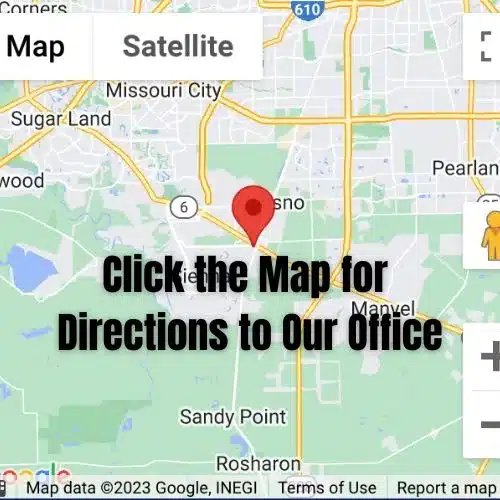Resist the temptation to mow too low! As we near the end of November, Houston’s weather has finally cooled down, with temperatures barely reaching 70 degrees. With the grass growth slowing down and leaves falling, it’s important to resist the temptation to mow too low during this time.
In this blog post, we’ll delve into the reasons behind maintaining a proper mowing height, dealing with brown patch, shutting off the irrigation system, and other frequently asked questions about grass care that we receive year-round.
Title: “Don’t Mow Too Low November Podcast”
Don’t Mow Too Low
When the grass growth slows down, many individuals may be tempted to lower the mower deck to achieve a cleaner appearance. However, experts, including my brother at the farm, advise against this. Instead, it is crucial to maintain the mowing height at around three and a half inches or even a bit higher. Keeping the grass a bit longer will help protect it from the first frost and potential heavy freezes that can occur during this time of year. Additionally, leaving a slightly longer mowing height will help keep leaves and debris off the grass.
Dealing with Brown Patch
As temperatures fluctuate between warm days and cool nights, brown patch becomes a common issue. Regular moisture and warm days create the perfect environment for this turf disease. To prevent or treat brown patch, it is advised to apply suitable treatments. If brown patch regularly appears in certain areas of your yard, consider using products specifically designed to keep it at bay. Monitoring your lawn for signs of brown patch is essential to maintain its health.
Irrigation System Management:
During winter, it is generally unnecessary to keep your irrigation system running. In fact, turning it off can help conserve water and save on your water bill. Typically, Houston experiences enough rainfall to meet the moisture needs of your lawn. However, if it doesn’t rain for a couple of weeks, it’s advisable to irrigate your lawn with about half an inch of water. This small amount of moisture can help protect the grass if a hard freeze occurs. Nevertheless, it’s crucial to avoid overwatering, as it can lead to issues like brown patch. Once the ground temperature reaches 70 degrees again, usually in late February or early March, you can resume regular irrigation.
Fertilizing Timing:
Fertilization should be done with precision, taking into account the ground temperature. Now that the ground temperature is below 70 degrees, it is not recommended to fertilize your lawn. Fertilizing at this point would be a waste of time, money, and effort. Instead, wait until the ground temperature rises above 70 degrees, which usually occurs in late February or early March. At that time, consider using suitable fertilizers, such as the straight fertilizer or the ones with weed killer, depending on your lawn’s needs.
Taking Care of Grass in Fields vs. Residential Yards:
Many people wonder how grass in fields, such as those at the Houston Grass farm, remains lush, dense, and beautiful without creating lakes or using excessive dirt. The key lies in intensive grass growth practices. When fields are mowed, a layer of thatch and organic matter is left behind, which helps replenish the soil. Minimal amounts of dirt are taken, mainly when the grass is cut. Replenishing nutrients and reworking fields every 10 to 15 years ensures healthy grass growth and prevents compaction. The growing process in fields differs from that of residential yards, as fields aim to recover from four-inch ribbons of grass left after harvesting a crop.
Frequently Asked Questions:
In addition to the common concerns addressed in this blog post, there are other questions we frequently encounter regarding grass care:
- How do fields at the Houston Grass family farm contain no lakes despite constant grass cutting? The organic matter and thatch left behind during mowing contribute to the soil’s nutrient content, while minimal amounts of dirt are taken. This continuous process does not create lakes.
- How is grass at the Houston Grass farm kept dense and thick? Unlike homeowners, who take care of grass differently, fields at the farm push grass growth more intensely to recover from four-inch ribbons of grass left after harvesting a crop. This intensive growth pattern involves regular fertilization, consistent mowing every four days, and immediate watering after mowing.
- How do they prevent weed growth in the fields? The Houston Grass farm uses a pre-emergent barrier right after cutting a crop of grass to inhibit weed seed germination. This prevents most weed growth, but if issues arise, they have access to chemicals that homeowners cannot acquire without a license.
Conclusion:
With Houston’s weather transitioning to consistently cooler temperatures, it’s important to adjust your lawn care practices accordingly. Avoid the temptation to mow too low, as it can expose the grass to potential damage from frost and freezes. Additionally, be proactive in dealing with brown patch and consider shutting off your irrigation system during the winter months to conserve water. By following these tips and understanding how grass care differs in fields versus residential yards, you can maintain a healthy and vibrant lawn throughout the year.
Thank you for listening to the Houston Grass Podcast, and stay tuned for more updates and tips on lawn care!
Note: The content of this blog post is based on the “Don’t Mow Too Low November Podcast” script by Michael Romine of Houston Grass.

